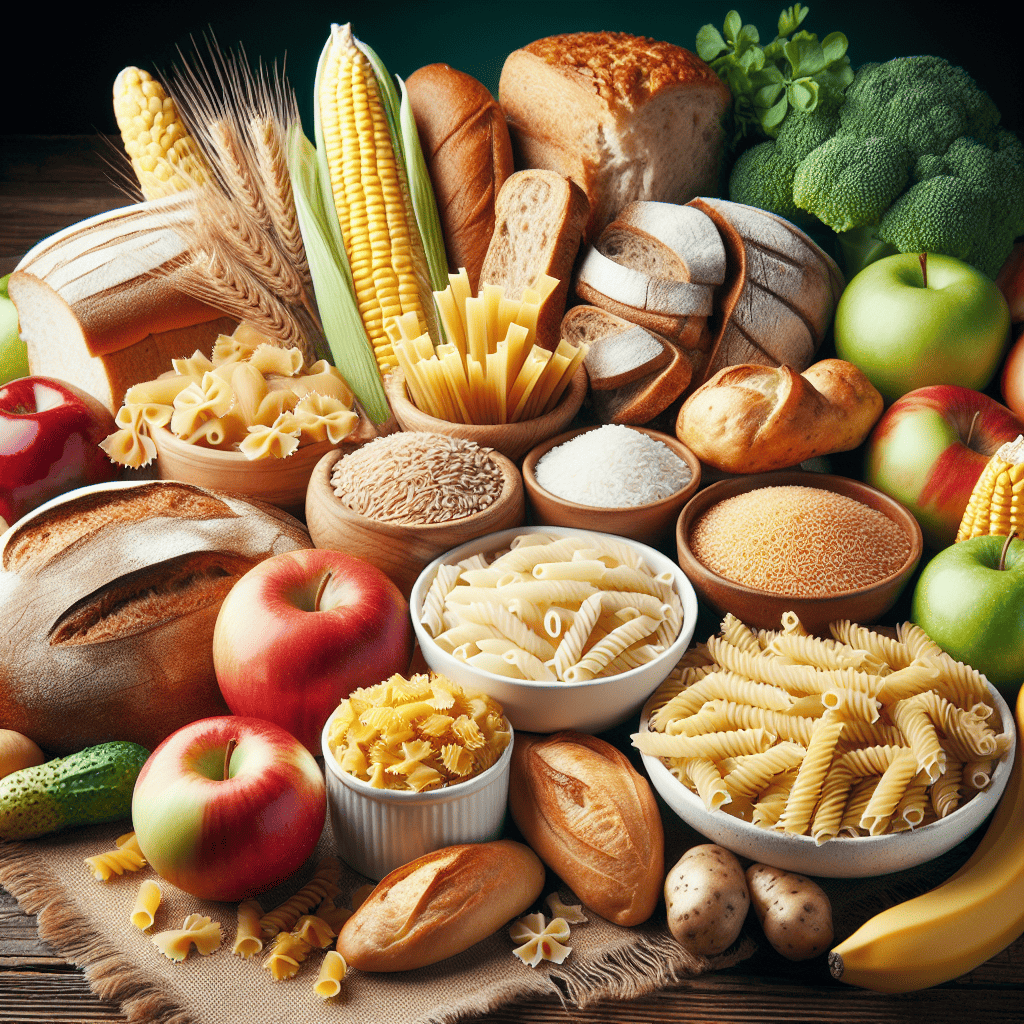Introduction: Grains and legumes are essential components of a healthy diet, offering unique nutritional benefits. This blog post provides an in-depth comparison of grains and legumes, highlighting their conceptual variances, types, and the importance of their nutrients.
Table of Contents
- The Difference Between Grains and Legumes in Terms of Concept
- The Difference Between Grains and Legumes in Terms of Types
The Difference Between Grains and Legumes in Terms of Concept
Understanding the core concepts of grains and legumes is pivotal for optimal dietary planning and health. Let’s delve into the conceptual disparities:
- Concept of Grains:
Whole grains, such as wheat, rice, oats, and barley, are packed with essential nutrients that are beneficial for our health. Carbohydrates found in grains are a primary source of energy for the body, providing fuel for our daily activities. Additionally, fiber, which is abundant in whole grains, plays a crucial role in keeping our digestive system running smoothly by promoting regular bowel movements and helping to prevent constipation. The vitamins and minerals present in grains, including B vitamins, iron, and magnesium, support various functions in the body, such as energy production, oxygen transport, and bone health.
The benefits of whole grains extend beyond just nutritional value. Consuming whole grains has been linked to a reduced risk of chronic diseases, such as heart disease, type 2 diabetes, and certain types of cancer. The fiber content in whole grains helps to lower cholesterol levels and control blood sugar levels, thus aiding in the prevention of heart disease and diabetes. The antioxidants and phytochemicals in whole grains also play a role in reducing inflammation and protecting the body against oxidative stress, which are factors associated with the development of certain cancers.
Incorporating whole grains into your diet can be done in various ways to suit different tastes and preferences. Whole grains can be enjoyed as a side dish, in soups and salads, or as a main course in dishes like stir-fries, pilafs, and grain bowls. Experimenting with different types of whole grains, such as quinoa, farro, and buckwheat, can add a new dimension to your meals and introduce unique flavors and textures. With their versatility and nutritional benefits, whole grains are a valuable addition to a well-rounded and healthy diet, promoting overall well-being and vitality.
- Concept of Legumes:
Legumes, such as beans, lentils, and peas, are not only flavorful additions to meals but also packed with essential nutrients. They are rich in proteins, which are vital for building and repairing tissues in the body. Additionally, legumes contain carbohydrates that provide a steady source of energy. The high fiber content in legumes promotes digestive health by aiding in good bowel movements and preventing constipation. This nutrient-dense food group also offers a range of vitamins and minerals, including folate, potassium, magnesium, and iron, which are crucial for overall well-being.
Furthermore, legumes are an excellent plant-based protein source, making them a valuable option for vegetarians and vegans looking to meet their protein needs. Protein is essential for muscle growth and repair, as well as for supporting a healthy immune system. Legumes also play a significant role in weight management due to their high protein and fiber content, which helps promote satiety and reduce snacking between meals. Moreover, the complex carbohydrates present in legumes have a low glycemic index, aiding in blood sugar control and reducing the risk of diabetes.
Incorporating legumes into your diet can have long-term health benefits, including a reduced risk of chronic diseases. Studies have shown that regular consumption of legumes is associated with a lower incidence of heart disease, certain types of cancer, and obesity. Their nutrient profile, along with their ability to promote satiety and regulate blood sugar levels, makes legumes a valuable addition to a balanced diet. By including a variety of legumes in your meals, such as chickpeas, black beans, and lentils, you can enjoy delicious and nutritious dishes while reaping the numerous health benefits they offer.
The Difference Between Grains and Legumes in Terms of Types
Explore the diverse range of grain and legume types with unique nutritional profiles:
- Types of Grains:
Whole grains, consisting of the bran, germ, and endosperm, are a rich source of essential nutrients like fiber, vitamins, minerals, and antioxidants. The bran, a protective outer layer, is loaded with fiber, B vitamins, and minerals. The germ, the embryo of the seed, contains healthy fats, vitamin E, antioxidants, and B vitamins. The endosperm, the largest part of the grain, provides carbohydrates, proteins, and small amounts of vitamins and minerals. Together, these components of whole grains offer a well-rounded package of nutrition that is beneficial for overall health and well-being.
In contrast, refined grains are processed grains that have had the bran and germ removed, leaving only the starchy endosperm. While this processing gives refined grains a finer texture and longer shelf life, it also strips them of essential nutrients. Without the fiber, vitamins, minerals, and antioxidants present in the whole grain, refined grains do not offer the same health benefits. Consuming refined grains regularly may contribute to nutrient deficiencies and health issues. Therefore, health experts often recommend choosing whole grains over refined grains to ensure the intake of valuable nutrients that support various bodily functions and promote good health.
Including whole grains in the diet can have numerous positive effects on health. The fiber in whole grains aids digestion, helps maintain a healthy weight, and reduces the risk of chronic diseases like heart disease, diabetes, and certain types of cancer. The vitamins and minerals in whole grains support immune function, bone health, and energy metabolism. Additionally, the antioxidants found in whole grains help combat oxidative stress and inflammation in the body. By making whole grains a staple in meals, individuals can enjoy a diverse array of nutrients that work synergistically to promote optimal health and well-being.
- Types of Legumes:
Legumes, such as soybeans, black beans, lentils, and peanuts, are a critical component of a healthy diet due to their numerous health benefits. These plant-based foods are an excellent source of complete proteins, making them an essential dietary choice for individuals following a vegetarian or vegan diet. Proteins are essential for the body’s growth and repair, and legumes provide a well-rounded amino acid profile that can help meet daily protein requirements.
Moreover, legumes are rich in heart-healthy fats, particularly polyunsaturated and monounsaturated fats, which can help reduce the risk of cardiovascular diseases. These fats play a crucial role in maintaining healthy cholesterol levels and supporting overall heart health. By incorporating legumes into your meals regularly, you can promote cardiovascular well-being and lower the likelihood of heart-related issues.
In addition to proteins and heart-healthy fats, legumes are packed with essential vitamins and minerals that are vital for various bodily functions. They are a good source of folate, potassium, iron, magnesium, and zinc, among others. These nutrients contribute to maintaining strong bones, supporting immune function, regulating blood pressure, and aiding in energy production. Furthermore, legumes possess antioxidant properties, which can help combat oxidative stress and reduce inflammation in the body, ultimately supporting overall wellness and longevity. Adding a variety of legumes to your diet can enhance its nutritional value and contribute to a well-balanced and healthy eating pattern.




